No More Surprise Bills From Out-Of-Network Doctors In California

Even if you are careful and only go to a hospital that is in your insurance network, you may be treated ― and billed ― by doctors who aren’t in your insurance network hoping to get more money directly from you, the patient.
That practice, known as “balance billing” the patient ― or “surprise billing” as it is known more colloquially ― will no longer be allowed in California starting July 1. All health care providers in California will have to accept what your insurance company pays them for care delivered in an in-network setting, whether they have agreed to an in-network contract with your insurer or not. California has joined the 20 other states where “balance billing” the patient is no longer permitted.
The situation frequently arises in emergency rooms where multiple doctors treat you and in surgeries, when anesthesiologists and surgical assistants don’t contract with your insurance plan and you unknowingly submit to receive their care.
The problem, of course, is that when someone winds up in the emergency room or schedules a surgery at a hospital that is in-network, the patient likely assumes that everyone who treats them will also accept their insurance. But many do not. And if the doctor treating you didn’t contract with your insurer, he is free to charge you whatever he thinks his services are worth. And yes, you must pay those charges.
But no more ― at least in the Golden State. As of July 1 in California, residents will be able to go to hospitals that are in their insurance networks and not encounter an out-of-network provider who bills them directly for more money. Last year, Gov. Jerry Brown (D) signed bill AB-72 into law, eliminating the practice.
All out-of-network providers who deliver services within an in-network facility will have to accept as payment either the amount the insurer normally pays a doctor on contract for such services or an amount 125 percent of the Medicare rate, whichever is greater.
The new law covers Californians with private health insurance plans that are regulated by the state’s Department of Managed Health Care and the Department of Insurance ― roughly 70 percent of the state’s private insurance market, according to the California Health Care Foundation.
California is the 21st state to enact this kind of legislation ― and at that, just 5 (including California’s) is considered comprehensive by consumer advocates.
On its surface, a measure like this ― akin to telling doctors what they can charge ― would have struck a loud chord of protest with the medical lobby. Somewhat surprisingly, medical lobbyists didn’t fight this change in California with as much muscle as one would expect. The powerful California Medical Association shifted its position on AB-72 from opposed to neutral, which likely enabled its passage. Medical lobbyists worked with the state Legislature to add in some safeguards so that insurance companies behave honorably.
The medical lobby argued that by forcing uncontracted doctors to accept whatever insurers have negotiated with other doctors, there was no incentive for insurers to negotiate with them for higher rates.
Insurance networks are required to have an adequate number of in-network practitioners for each specialty. To that end, the measure created stricter oversight and tougher regulations on insurers if the state finds their provider networks to be inadequate.
In addition, the measure allows out-of-network doctors to appeal payment disputes with insurers through an independent third party, and the decision would be binding.
There is one exception to the law: If you really want to see a particular doctor who wants you to pay more money, you can. The law allows out-of-network providers to bill you at out-of-network rates, but only if you voluntarily sign a form at least 24 hours before you receive care. The form must include an estimate of your cost and inform you that can receive care from an in-network provider instead.
Advocates warn that the shake-out period of the new law may be a bit rocky. Should you inadvertently pay an out-of-network provider more than he or she is owed, the doctor must refund the overpayment within 30 days or pay you interest.
Try not to smile over that one.
Also on HuffPost
Anadolu Medical Center In Istanbul, Turkey
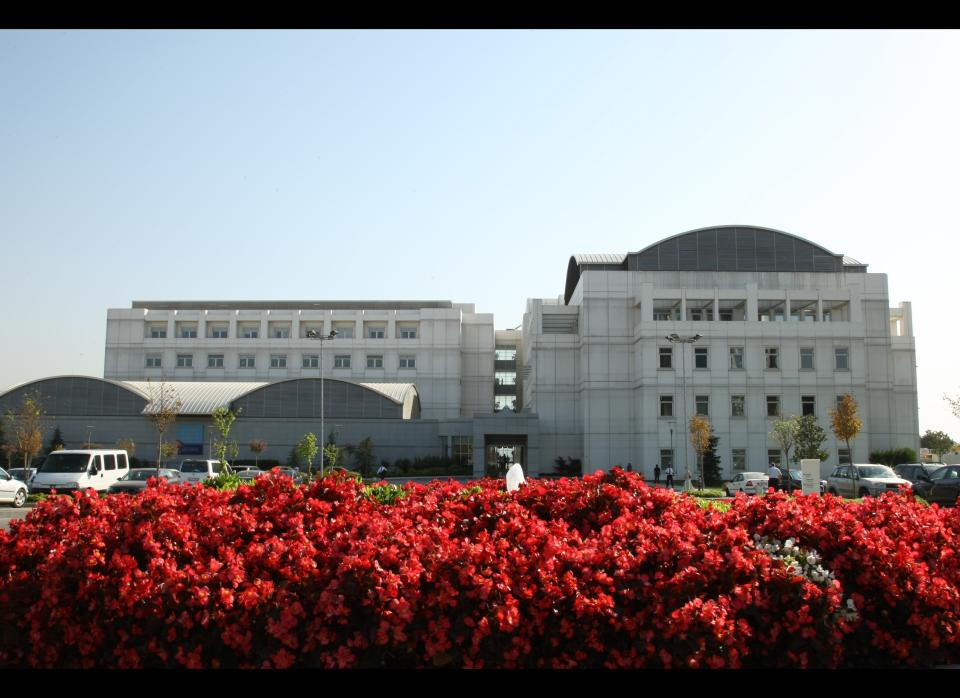
ASAN Medical Center In Seoul, South Korea

Bangkok Hospital In Bangkok, Thailand
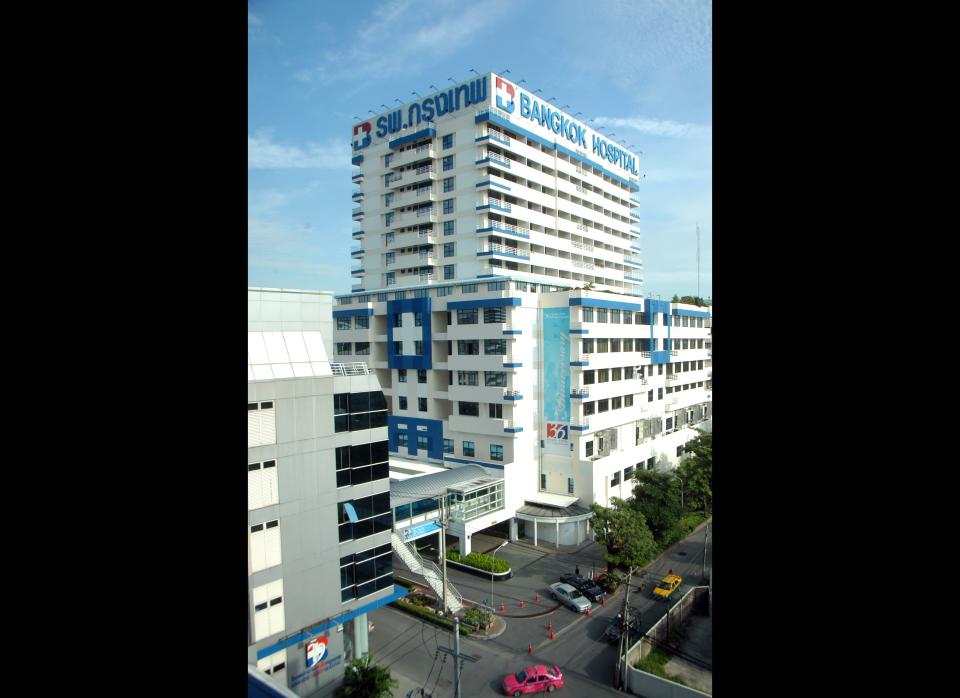
Bumrungrad International Hospital In Bangkok, Thailand
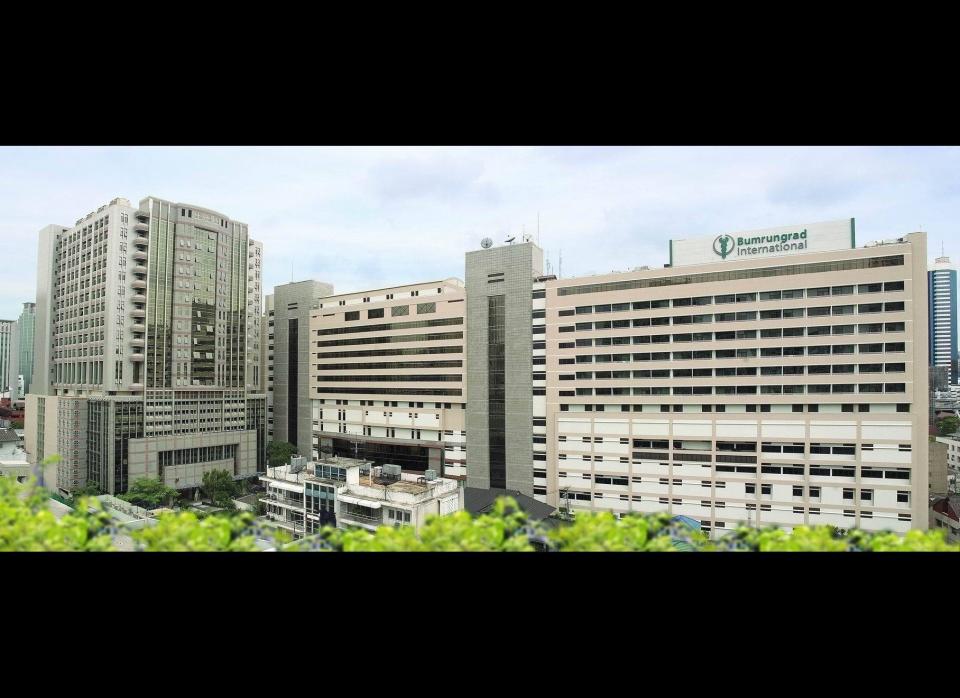
Bumrungrad Cozy Interior
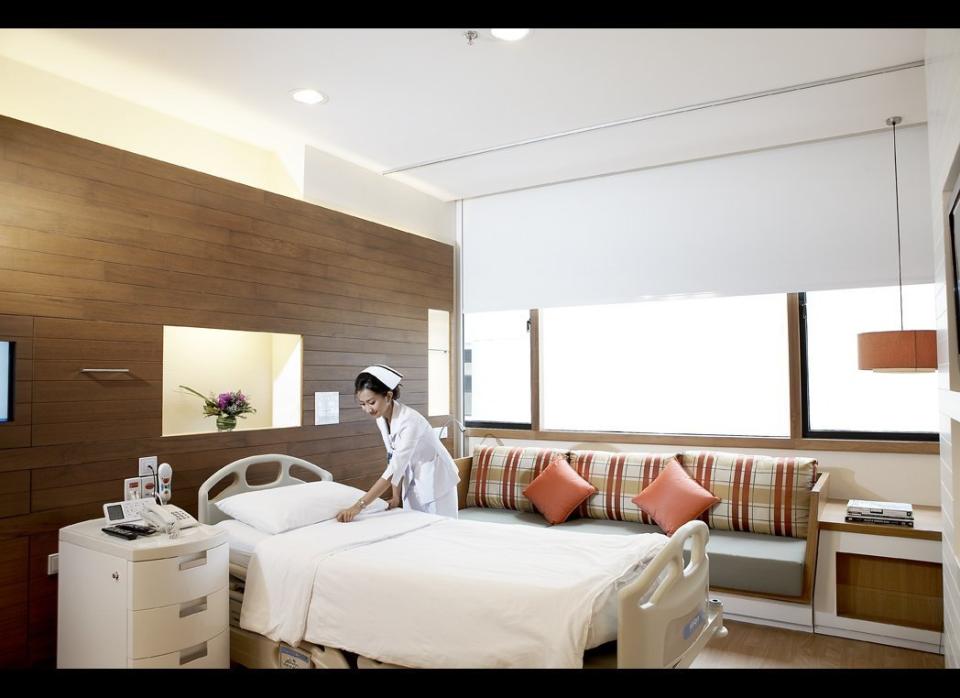
CIMA San Jose In Costa Rica
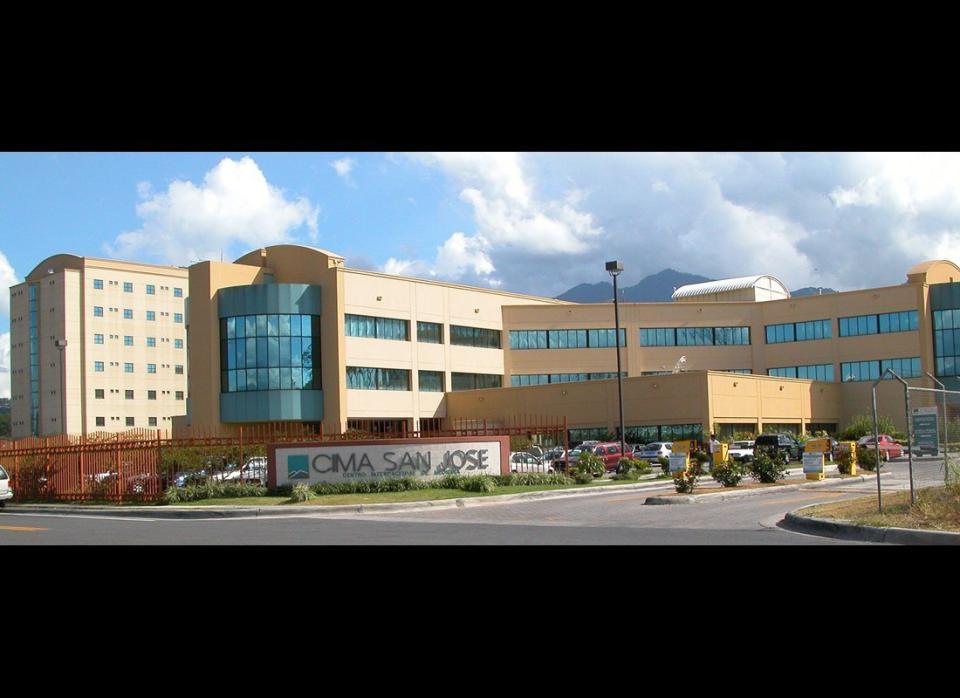
CIMA San Jose Helipad

Prince Court Medical Center In Kuala Lumpur, Malaysia
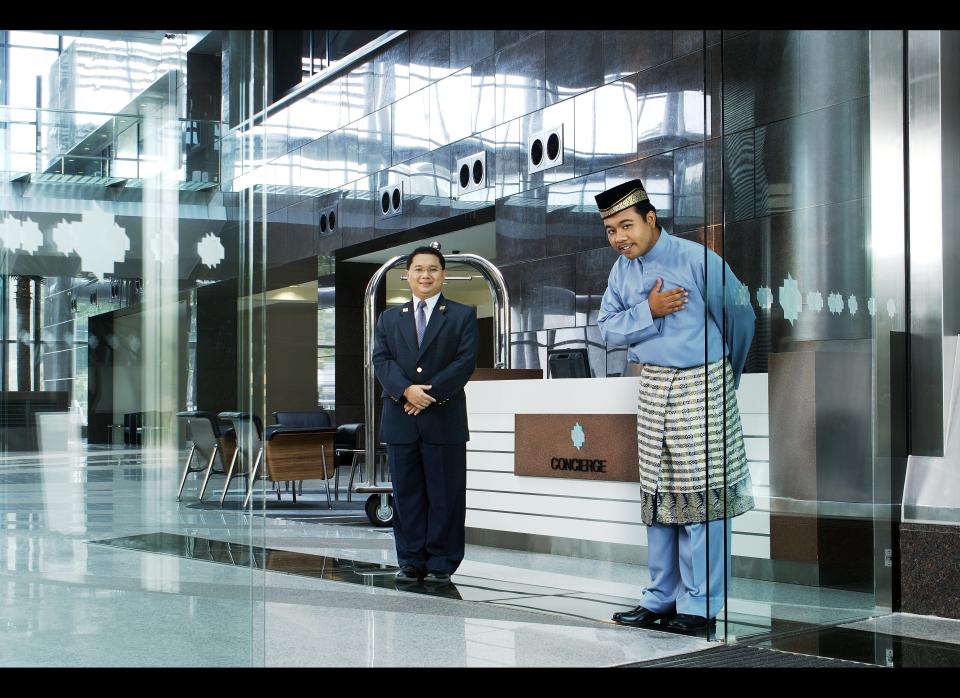
SDMC Ara Damansara In Malaysia

Severence Hospital In Seoul, South Korea

An A-Class Living Room at Severance Hospital in South Korea, where the average treatment is 30 to 45 percent less than the cost of similar services in the U.S., according to Patients Beyond Borders.
Love HuffPost? Become a founding member of HuffPost Plus today.
This article originally appeared on HuffPost.

